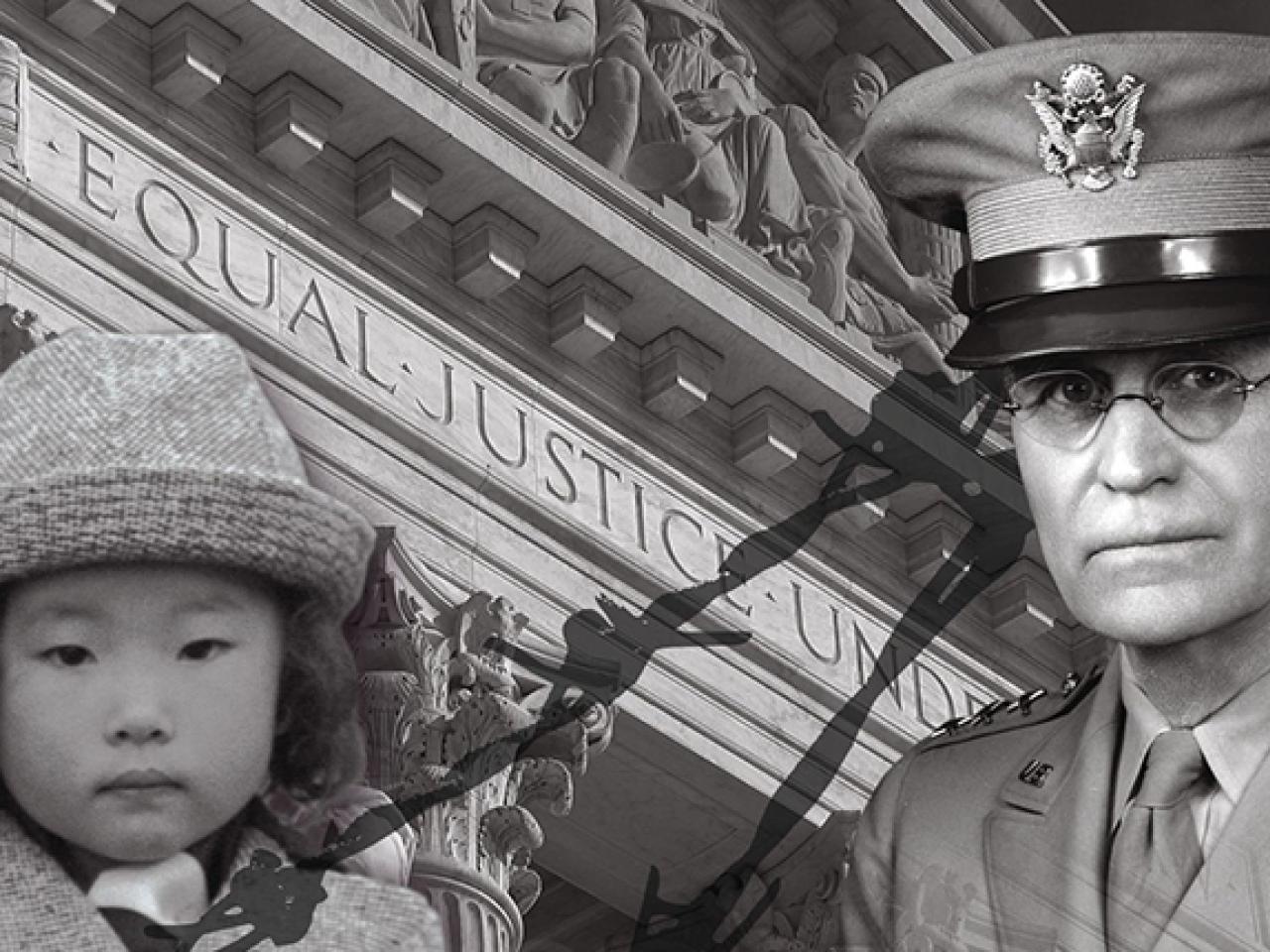Celebrating Asian America in the Age of COVID-19

May is Asian Pacific American Heritage Month and, as much as I look forward to celebrating the contributions of Asian Americans, this year feels noticeably different. For much of my life, I felt Asian Americans were making progress in this country. I celebrated Asian Americans winning political seats, observed many slowly but surely rising up the ranks in various industries, and even witnessed my mother and father receive a formal apology and reparations for the unjust incarceration of nearly 120,000 Japanese Americans during World War II.
When I set out to make my film, Alternative Facts: The Lies of Executive Order 9066, I did so with the clear intent of raising awareness of the many tragic parallels between the WWII incarceration of my family and oppressive policies targeting other groups today. Our American tradition of scapegoating unwanted groups had sadly reared its ugly head from the underbelly of intolerance in our current state of the union. However, I could not foresee how a national crisis could so swiftly redirect this nation’s animosity towards many Asian Americans like myself who are once again reminded how much work we still have to do in America.
For much of my life, the history of hate and scapegoating that is embedded in the experience of so many Asian American communities seemed to be vital lessons that were mostly in the distant past. From the 1882 Chinese Exclusion Act and the 1924 Immigration Act (which banned all Asian immigration), to the WWII incarceration of Japanese Americans, this country has had a long and undistinguished record of blaming Asian Americans for the struggles of our nation. They were seen as the cause of economic challenges, punished for the actions of foreign Asian governments, and, yes, even blamed for the spread of diseases. When the COVID-19 pandemic swept through this country, some of our elected leaders decided to put a face on the virus and it was Asian. Suddenly glimpses of what my mother and father must have felt and experienced in 1942 were seen all over America. According to the Stop AAPI Hate Campaign, since the outbreak of the pandemic, nearly 2,000 incidences of harassment and violence towards Asian Americans has been reported throughout the United States.
However, while the history of Asians in America is wrought with struggle, it is also brimming with perseverance, enlightenment, and triumph. New Day Films has a remarkable collection of films which highlight the diverse, but unique ways that Asians have written remarkable chapters of this country’s story. 95 and 6 to Go by Kimi Takasue is a powerful intergenerational story of a Japanese American senior in Hawaii and the relationship with his granddaughter. Finding Kukan by Robin Lung investigates the forgotten history of a Chinese American playwright who produced an Academy Award-winning documentary about World War II China. Forever Chinatown by James Q. Chan and Corey Tong is the journey of a Chinese American senior who uses exquisitely detailed dioramas to depict the rapidly changing urban neighborhood. Making Noise in Silence by Mina Son follows two Korean-born students and how they navigate adolescence within the intersection of Deaf and Korean culture. Mr. Cao Goes to Washington by S. Leo Chiang follows the unexpected journey of a Vietnamese American Congressman whose integrity and idealism sharply contrasts the realities of racial politics and partisan struggles. Crossing Lines by Indira Somani and Leena Jayaswal captures an Indian American woman’s struggle to stay connected to India after the loss of her father. Drawn Together by Harleen Singh traces the fascinating journey of three comic creators who challenge the notion of race, appearance, and gender stereotypes through cartoons, comics and cosplay.
Films which capture the Asian American experience are vital tools to promote understanding and progress towards a more enlightened and inclusive America. During this APA Heritage Month I hope educators and leaders across this nation will commit themselves to sharing the critical lessons and great American stories that Asians have contributed to this country. Please visit New Day Films' full collection of Asian American stories.